 Artist: Nap Eyes
Artist: Nap Eyes
Album: “I’m Bad Now”
Label: Paradise of Bachelors
Reason We’re Cranking It: As intimate as a living room performance, “I’m Bad Now” invites you inside, rolling out a welcome mat from the very first sound that breaks free from your speakers. Warm and enticing, the third full-length from the Novia Scotian foursome is like a hot cup of coffee on a cold March day – calming at first, but you know it will give you that much-needed pick-me-up once it absorbs into your bloodstream.
What The Album Tells Us About Them: Playing like a great work of contemporary fiction where each song is an additional chapter in the story, “I’m Bad Now” is a new kind of New York Times Bestseller. Singer, songwriter and rhythm guitarist Nigel Chapman is both author, bringing a compelling narrative to his lyrics, and illustrator, adding depth to the world that Nap Eyes has created through his vintage voice.
Track Stuck On Repeat: We’re following Chapman and crew on “Follow Me Down,” a song that calls out to us like a subdued singalong, leading us step by musical step down a pathway that will remain in our minds well after we move on from the album. We can leave it, but it won’t leave us.
Coming To A City Near You: Nap Eyes tour dates can be found here.
And that means…



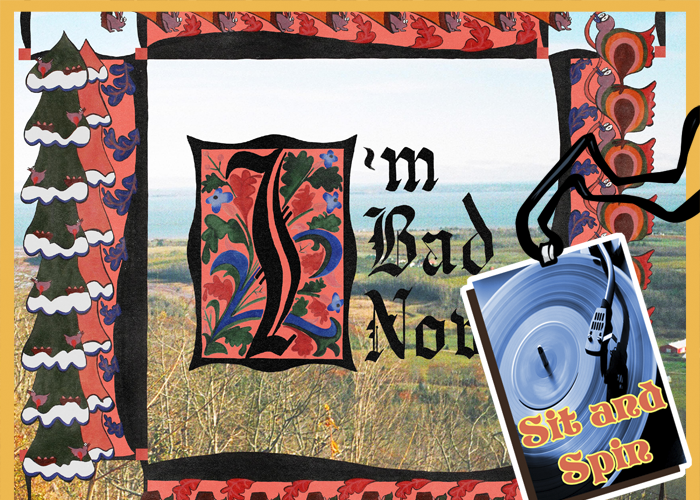
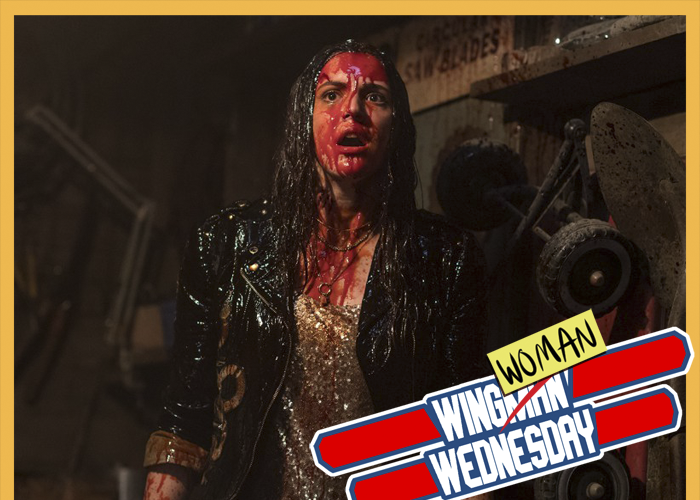
 In a series filled with demons, murderous trees, and a hell-raising grimoire called the Necronomicon, it says something that the scariest storyline to come out of “Ash vs Evil Dead” may be that the man tasked with stopping all of the evil is actually a… gulp… father.
In a series filled with demons, murderous trees, and a hell-raising grimoire called the Necronomicon, it says something that the scariest storyline to come out of “Ash vs Evil Dead” may be that the man tasked with stopping all of the evil is actually a… gulp… father.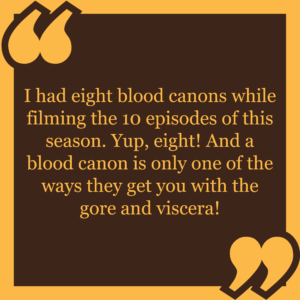
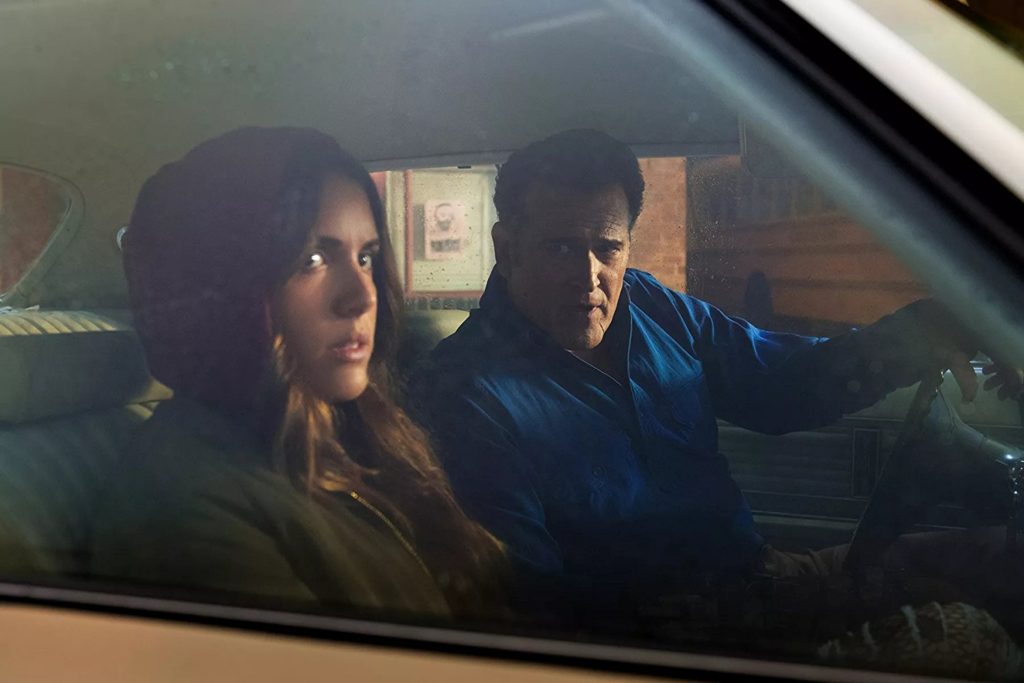
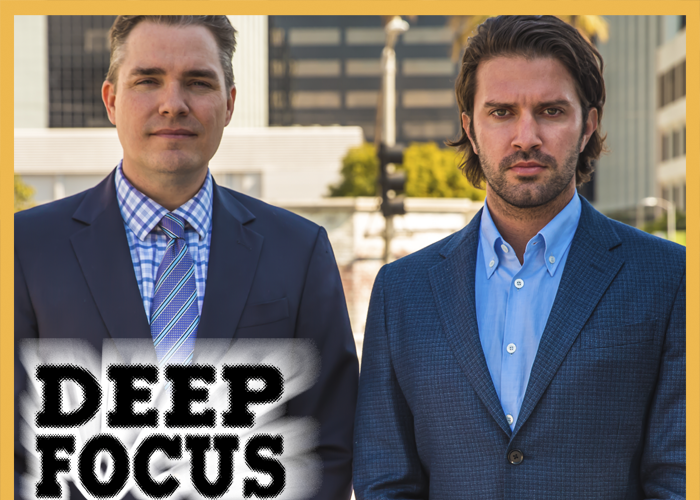
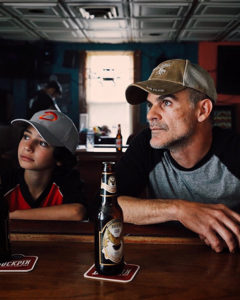
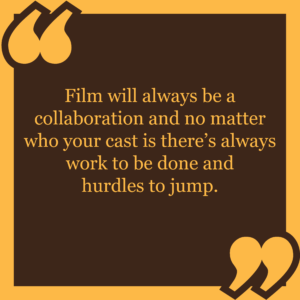
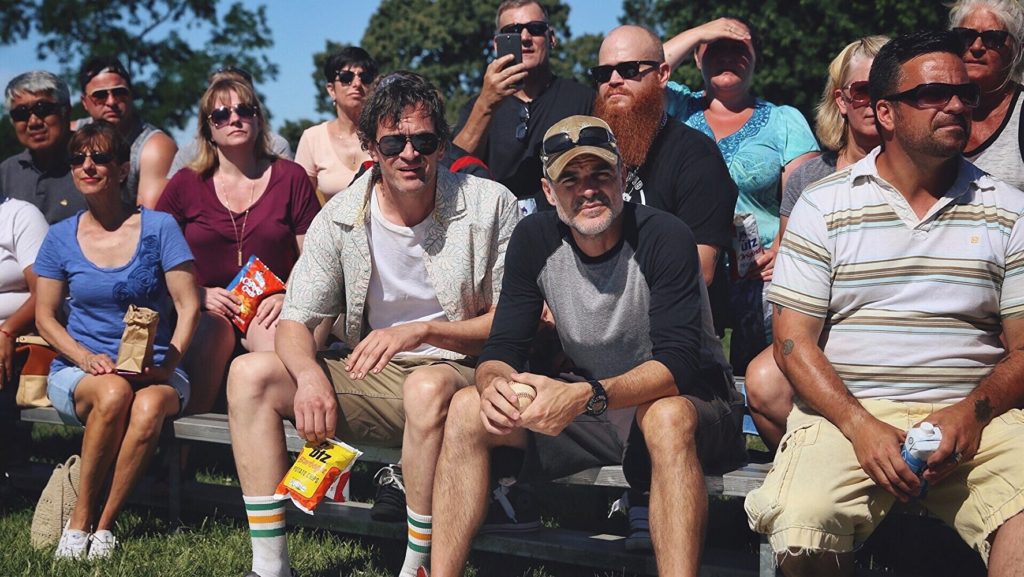
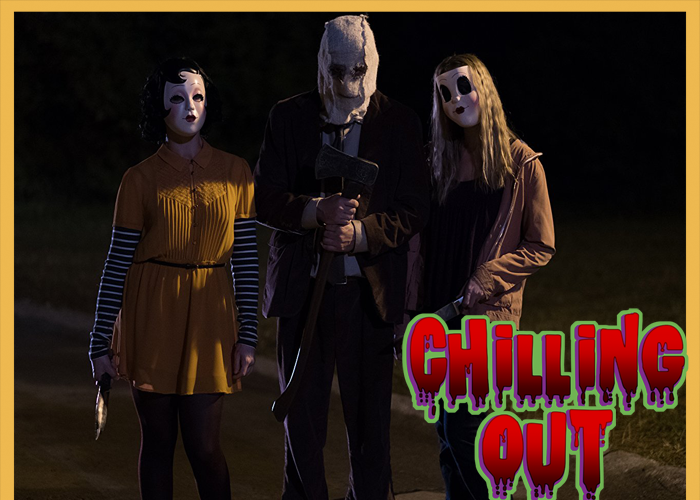
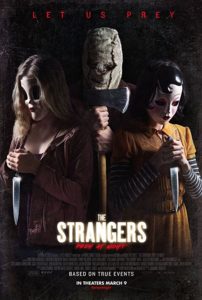 Chilling Out is where TrunkSpace talks all things horror and genre with those who work in the projects that give us the thrills and chills to keep coming back for more. This time out we’re chatting with Johannes Roberts, director of “The Strangers: Prey at Night,” the long-anticipated sequel to the 2008 surprise horror hit. Starring Christina Hendricks, Bailee Madison and Martin Henderson, the frightening follow-up tells the story of a family stalked by a trio of masked strangers, seemingly without any real motivation at all… other than a genuine joy for murder.
Chilling Out is where TrunkSpace talks all things horror and genre with those who work in the projects that give us the thrills and chills to keep coming back for more. This time out we’re chatting with Johannes Roberts, director of “The Strangers: Prey at Night,” the long-anticipated sequel to the 2008 surprise horror hit. Starring Christina Hendricks, Bailee Madison and Martin Henderson, the frightening follow-up tells the story of a family stalked by a trio of masked strangers, seemingly without any real motivation at all… other than a genuine joy for murder.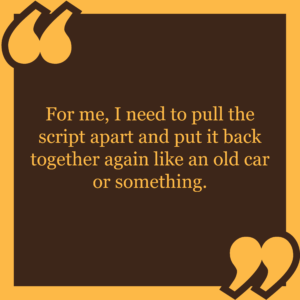
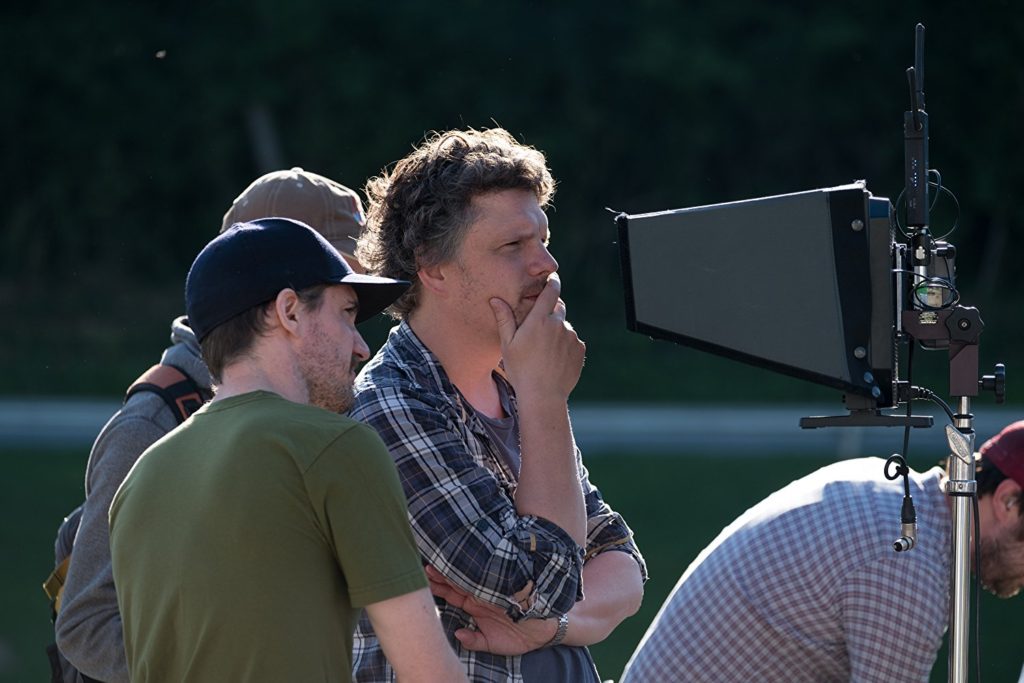

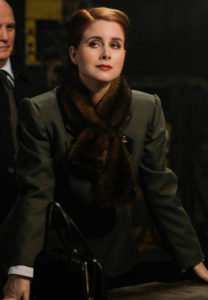
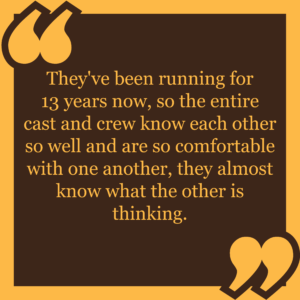
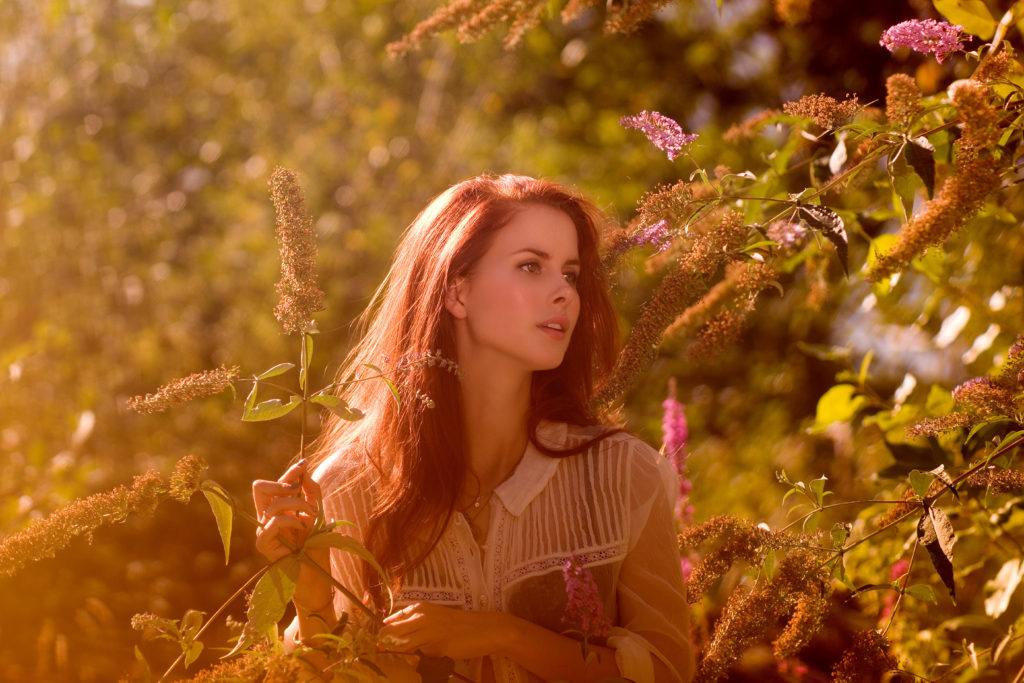
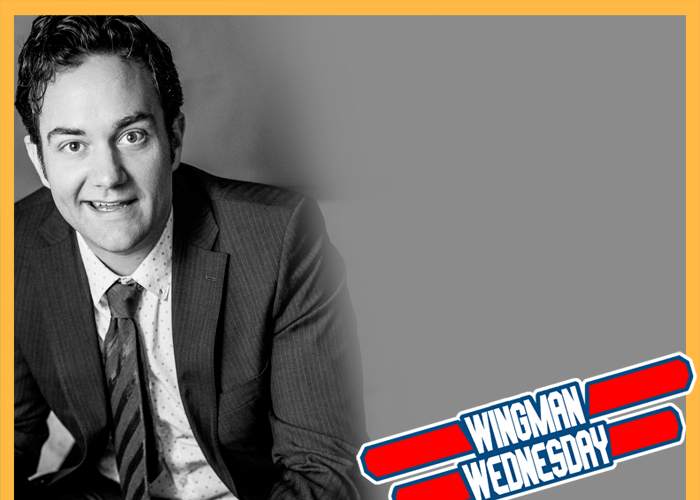
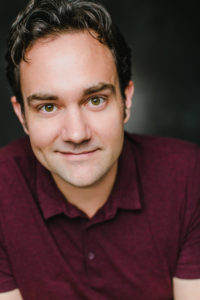
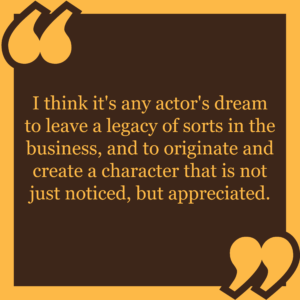
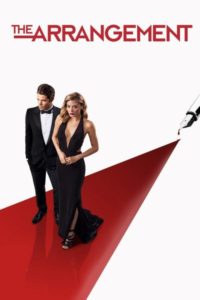 TrunkSpace: Speaking of rabid fandoms, you’ve surely felt the reach and passion of the SPN Family. How much hell did they give you when your character Officer Doug Stover recently broke Donna’s heart?
TrunkSpace: Speaking of rabid fandoms, you’ve surely felt the reach and passion of the SPN Family. How much hell did they give you when your character Officer Doug Stover recently broke Donna’s heart?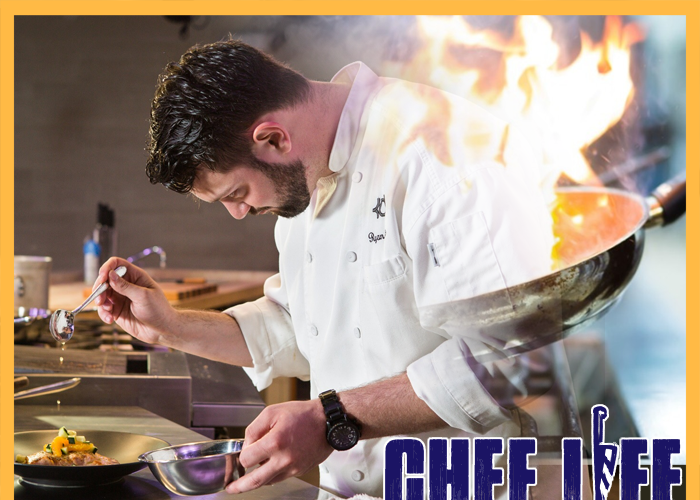
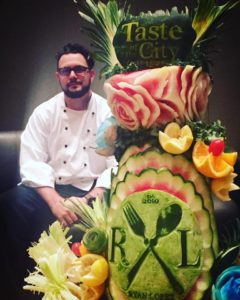 Chef: Ryan Lopez
Chef: Ryan Lopez 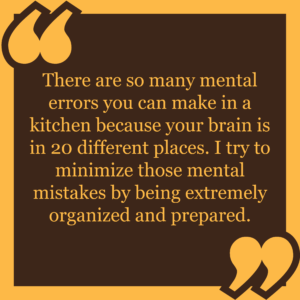
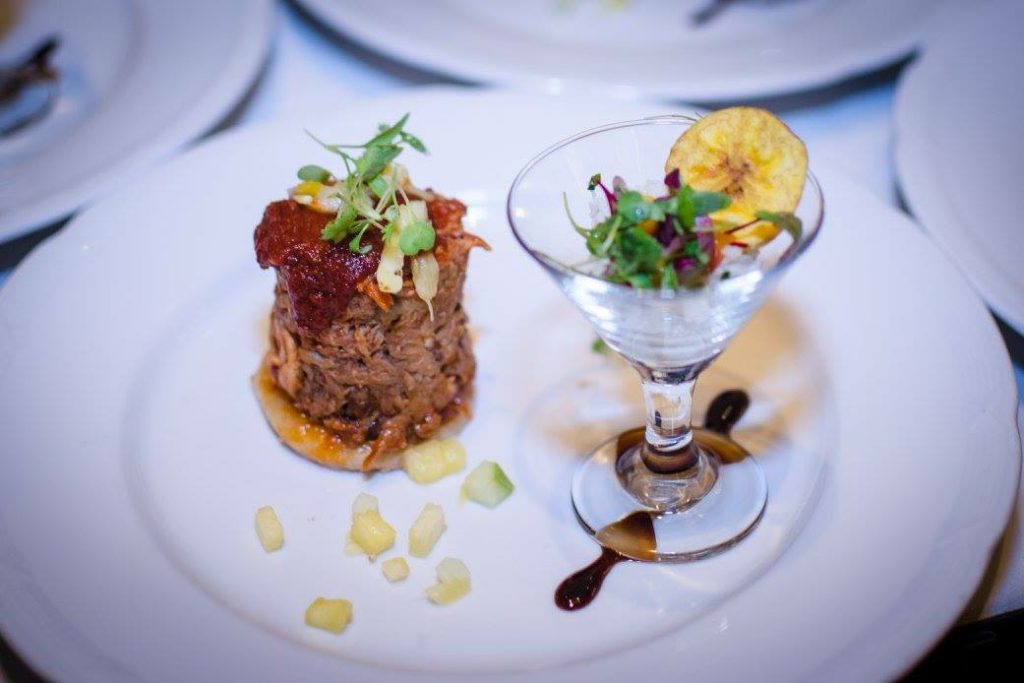
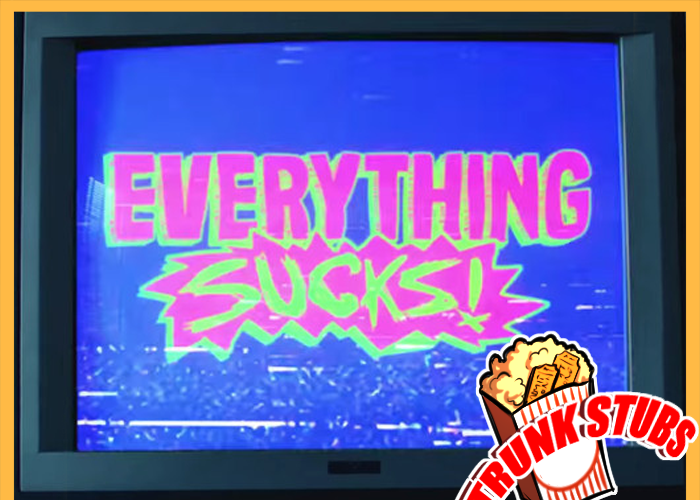
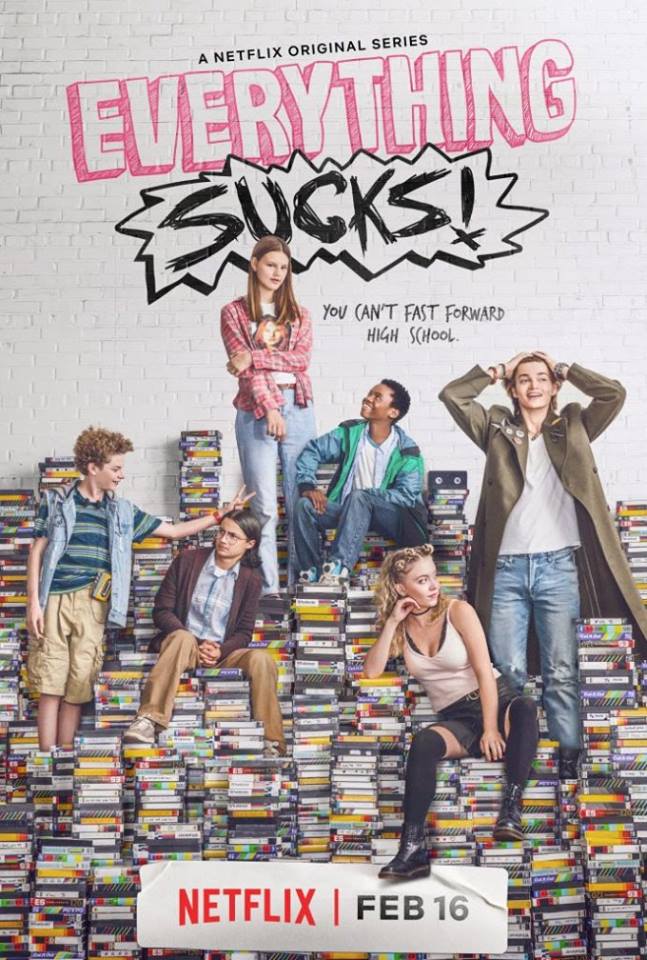 Series: Everything Sucks!
Series: Everything Sucks!
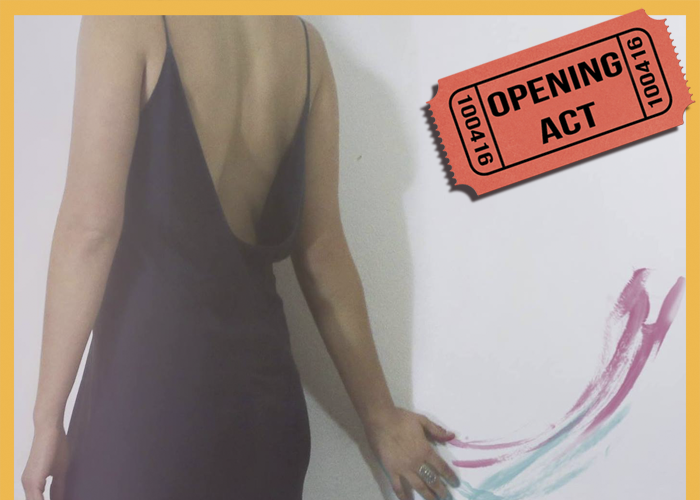
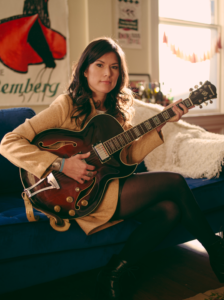 Artist/Band: Ellisa Sun
Artist/Band: Ellisa Sun
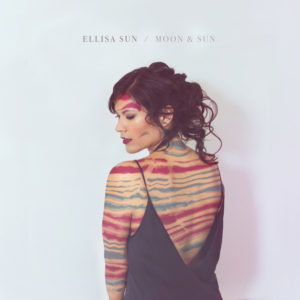 TrunkSpace: Creative people are infamous for being extremely hard on themselves in the creative process. Does that apply to you, and if so, where are you hardest on yourself?
TrunkSpace: Creative people are infamous for being extremely hard on themselves in the creative process. Does that apply to you, and if so, where are you hardest on yourself?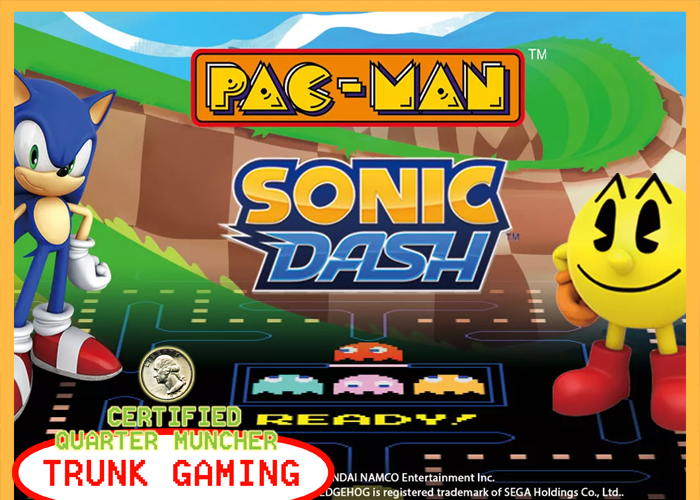
 Game
Game